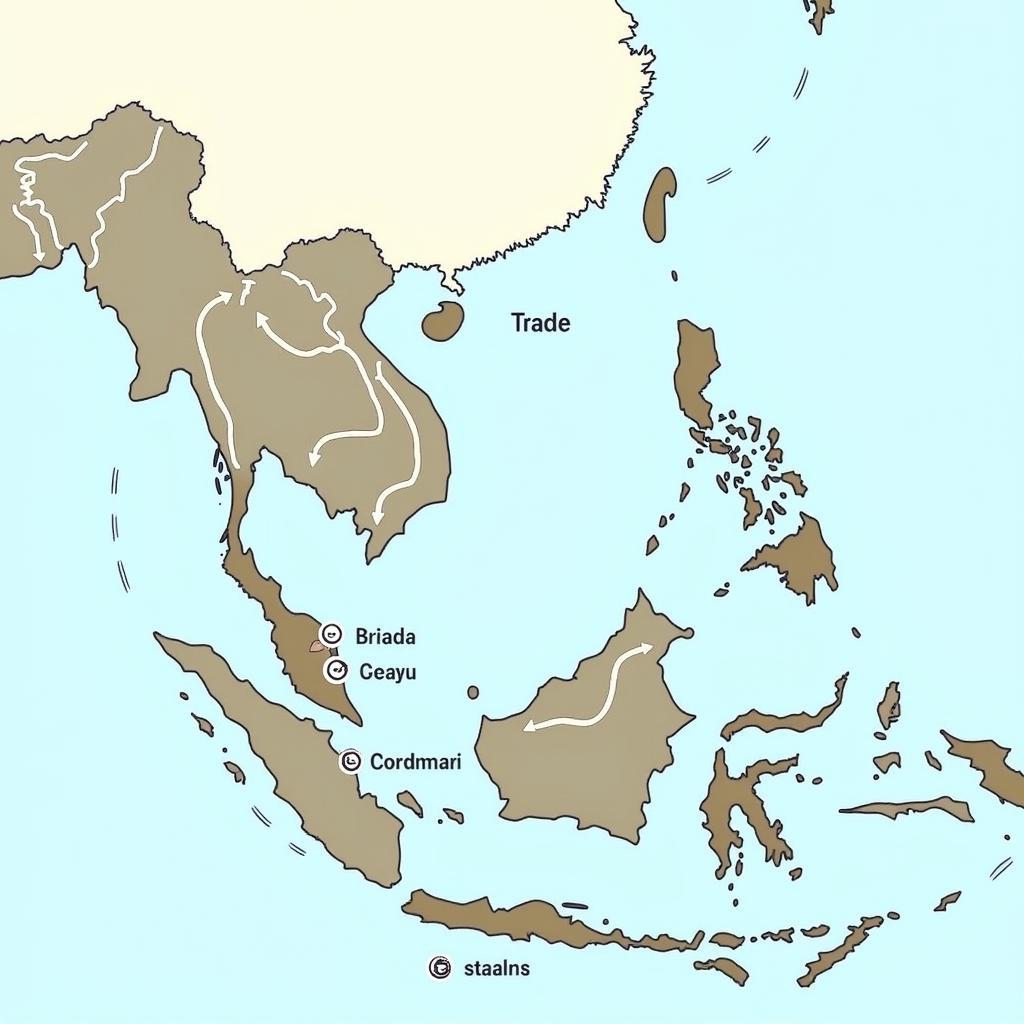The ASEAN Agreement on Transboundary Haze Pollution, also known as the “Haze Agreement,” is a legally binding international agreement that aims to prevent and control transboundary haze pollution in Southeast Asia. It was signed by all ten ASEAN member states in 2002 and entered into force in 2006. The agreement is a significant step towards regional cooperation in addressing the issue of haze, which has become a recurring problem in the region, particularly during the dry season.
What is the Haze Agreement?
The Haze Agreement is a comprehensive legal framework that establishes a set of obligations for ASEAN member states to prevent and control transboundary haze pollution. It includes provisions on:
- Monitoring and Early Warning: Member states are obligated to establish and maintain effective monitoring systems to detect and track haze pollution. They are also required to share information on haze conditions with each other, allowing for timely responses to potential threats.
- Cooperation and Coordination: The agreement encourages collaboration among member states to develop and implement joint measures to prevent and control haze pollution. It also promotes sharing of expertise, resources, and best practices.
- Transboundary Haze Pollution Management: Member states are obliged to develop and implement national policies and strategies to address transboundary haze pollution. These measures include regulating land-clearing activities, promoting sustainable agricultural practices, and enforcing environmental regulations.
- Legal and Enforcement Framework: The agreement establishes a framework for addressing violations of its provisions. This includes mechanisms for dispute resolution and cooperation in enforcing environmental laws and regulations.
Key Provisions of the Haze Agreement
- Article 4: National Policies and Strategies: Each member state is required to develop and implement national policies and strategies to prevent and control transboundary haze pollution.
- Article 6: Cooperation and Information Exchange: Member states must cooperate with each other in the prevention and control of transboundary haze pollution, including sharing information and coordinating responses.
- Article 8: Monitoring and Early Warning: Member states are required to establish and maintain effective monitoring systems to detect and track haze pollution, as well as share information on haze conditions.
- Article 9: Legal and Enforcement Framework: The agreement establishes a framework for addressing violations of its provisions, including mechanisms for dispute resolution and cooperation in enforcing environmental laws.
According to Dr. Maria Hernandez, a leading expert on ASEAN environmental law:
“The Haze Agreement is a crucial legal instrument for protecting the environment in Southeast Asia. It provides a framework for cooperation, information sharing, and enforcement, which are essential for effectively addressing transboundary haze pollution.”
Impact and Effectiveness of the Haze Agreement
The Haze Agreement has had a mixed impact. While it has led to increased cooperation among ASEAN member states, it has also faced challenges in implementation and enforcement. Some critics argue that the agreement lacks teeth and does not provide sufficient mechanisms to hold member states accountable for their actions.
Despite these challenges, the Haze Agreement has made a significant contribution to regional efforts to address transboundary haze pollution. It has:
- Increased Awareness and Cooperation: The agreement has raised awareness of the issue of haze pollution and its transboundary impacts, leading to increased cooperation and coordination among member states.
- Strengthened Regional Cooperation: The agreement has strengthened regional cooperation in tackling transboundary environmental issues, setting a precedent for future collaborative efforts in the ASEAN region.
- Improved Monitoring and Data Sharing: Member states have improved their monitoring systems and data sharing mechanisms, which has helped in better understanding and responding to haze pollution.
As Professor Johnathan Lee, a renowned environmental policy specialist, notes:
“The Haze Agreement is a step in the right direction, but it needs to be strengthened and enforced more effectively. It requires a more comprehensive approach that includes not only legal instruments but also technological solutions, capacity building, and public awareness campaigns.”
Challenges and Future Directions
Despite its progress, the Haze Agreement faces several challenges, including:
- Enforcement and Compliance: Ensuring compliance with the agreement’s provisions remains a challenge, particularly for member states with weak environmental enforcement mechanisms.
- Limited Funding and Resources: Implementing the agreement’s provisions requires significant funding and resources, which may not be available to all member states.
- Transboundary Cooperation Challenges: Coordinating and collaborating across national borders can be difficult, particularly in the context of complex political and economic dynamics.
To address these challenges, future directions for the Haze Agreement include:
- Strengthening Enforcement Mechanisms: Strengthening enforcement mechanisms and accountability measures to ensure compliance with the agreement’s provisions.
- Improving Transboundary Cooperation: Fostering better collaboration and communication among member states to enhance the effectiveness of transboundary haze pollution management.
- Addressing Root Causes: Tackling the root causes of haze pollution, such as unsustainable land-clearing practices, through effective environmental policies and sustainable development strategies.
- Promoting Public Awareness: Increasing public awareness about the impacts of haze pollution and the importance of environmental protection.
The ASEAN Agreement on Transboundary Haze Pollution is a vital step in the right direction for regional environmental protection. However, its effectiveness depends on continued efforts to strengthen implementation, address root causes, and foster greater collaboration among member states. As we face increasing environmental challenges, the Haze Agreement serves as a model for regional cooperation and a reminder of the importance of international collaboration for sustainable development.
FAQ
Q: What are the main goals of the ASEAN Agreement on Transboundary Haze Pollution?
A: The Haze Agreement aims to prevent and control transboundary haze pollution in Southeast Asia, protecting human health and the environment.
Q: What are the key obligations for member states under the agreement?
A: Member states are obligated to develop national policies and strategies, cooperate with each other, establish monitoring systems, and enforce environmental regulations to address haze pollution.
Q: How effective has the Haze Agreement been in addressing transboundary haze pollution?
A: The agreement has had a mixed impact, leading to increased cooperation but facing challenges in implementation and enforcement. It has made progress in awareness, data sharing, and regional cooperation.
Q: What are some of the challenges facing the Haze Agreement?
A: Challenges include enforcement, limited resources, and transboundary cooperation difficulties.
Q: What are the future directions for the Haze Agreement?
A: Future directions include strengthening enforcement, improving cooperation, addressing root causes, and promoting public awareness.


